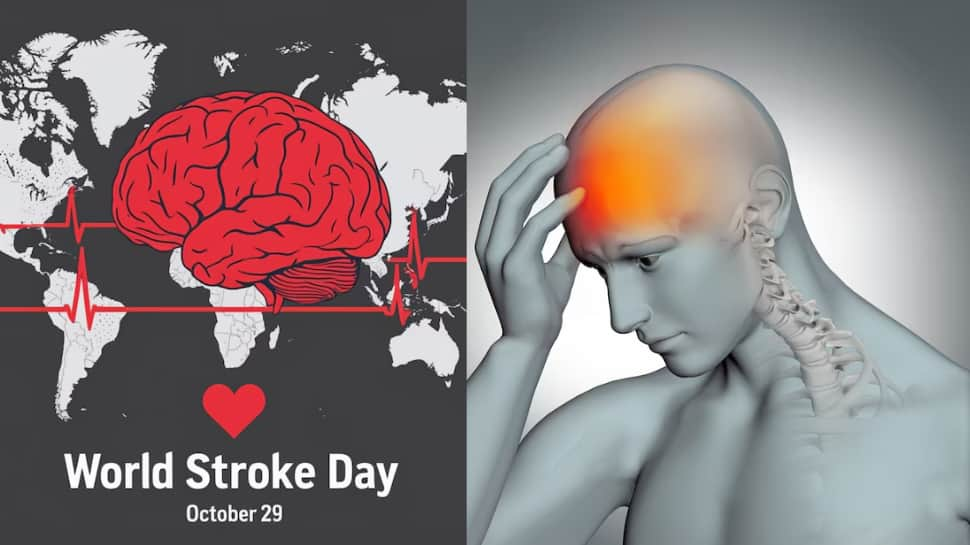Every year on October 29, World Stroke Day serves as a global reminder of one of the leading causes of death and disability. With more than 12.2 million new cases annually, experts are sounding the alarm on the rising incidence of stroke, especially among people under 45. Neurologists warn that awareness and early intervention remain the most powerful tools in preventing long-term damage. As Dr Jyoti Bala Sharma, Director of Neurology at Fortis Noida, stresses, “Every minute counts, approximately 1.9 million brain cells die each minute after a stroke begins.”
Dr Jyoti says, “More than 12.2 million new cases of stroke occur worldwide each year. One stroke occurs every 40 seconds, and one stroke death every 4 minutes. Stroke is the fourth leading cause of death and the fifth leading cause of disability in India. The incidence of stroke is rising in young people less than 45 years of age. Stroke has increased by 40 to 50% in young people over the last 2-3 decades. Young people comprise 20-30 % of all stroke cases.
How Does A Brain stroke occur?
Brain stroke occurs when the blood supply to the brain is disrupted. Brain cells or neurons do not receive oxygen and nutrients, leading to their death. As time progresses, a larger area of the brain is affected. Since all bodily functions are controlled by the brain, the functions controlled by the damaged brain are lost.
Stroke treatment is time sensitive, sooner is better. Clot-busting injection works best if given within 4.5 hours of stroke onset. Millions (approximately 1.9 million) of neurons or brain cell die every minutes after the onset of stroke symptoms; therefore, every minute counts.
Recognising a stroke in its early stages is crucial. The FAST method is an easy way to identify warning signs:
1. Face: Look for drooping or unevenness on one side.
2. Arm: Check for numbness or weakness in one or both arms.
3. Speech: Listen for slurred or strange speech.
4. Time: Act immediately and call for emergency medical help.
BE-FAST approach, which adds two additional checks for Balance and Eyes: “Is the person having trouble standing or walking? Are they experiencing vision problems?” These signs could point to a stroke.
An innovative approach mentioned by experts is the Indian greeting test: “Use the traditional namaskar with a smile and observe for asymmetry, speech trouble, or difficulty lifting an arm. This simple test can help identify 80% of stroke symptoms.”
Dr Bhupesh Kumar, Neurologist, Neuromet wellness, Gurugram, says, “A brain stroke is an avoidable medical emergency. Stress management, enough sleep, regular exercise, a healthy diet, and blood pressure and cholesterol checks can all help much to lower the risk.”
Dr Rajat Chopra, Senior Consultant and Head, Department of Neurology, Yatharth Hospital, Model Town, adds, “In women, stroke risk often arises from hidden causes, such as hormonal changes after menopause, pregnancy-related complications, use of oral contraceptive pills, migraines with aura, and autoimmune disorders.” Symptoms like migraine, depression, or anxiety are often overlooked as normal, but they can be early warning signs of stroke. “It is crucial for women to pay attention to these changes and seek medical advice regularly to manage risks on time,” he said.
(This article is meant for informational purposes only and must not be considered a substitute for advice provided by qualified medical professionals. Always seek the advice of your doctor with any questions about a medical condition.)

